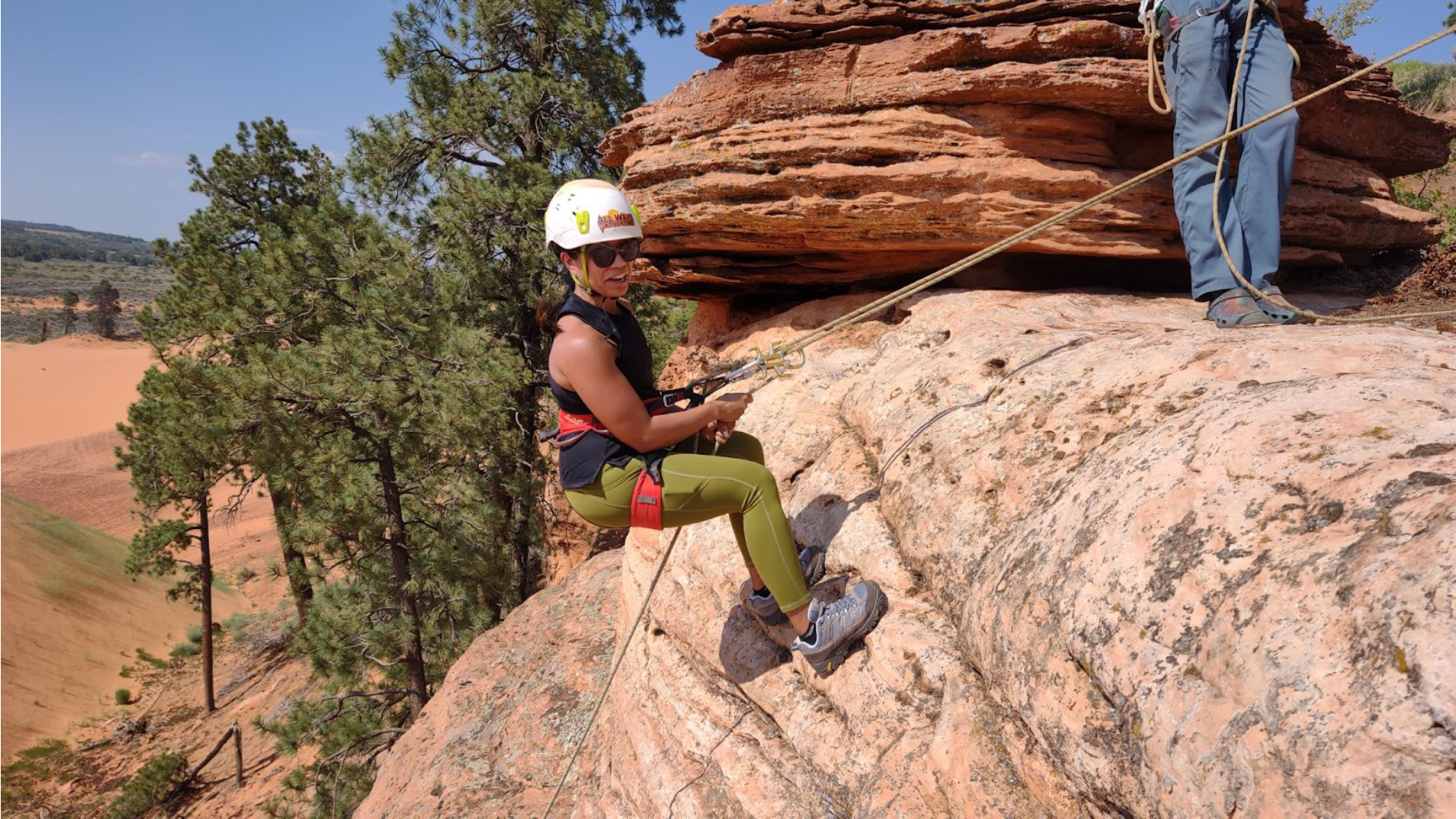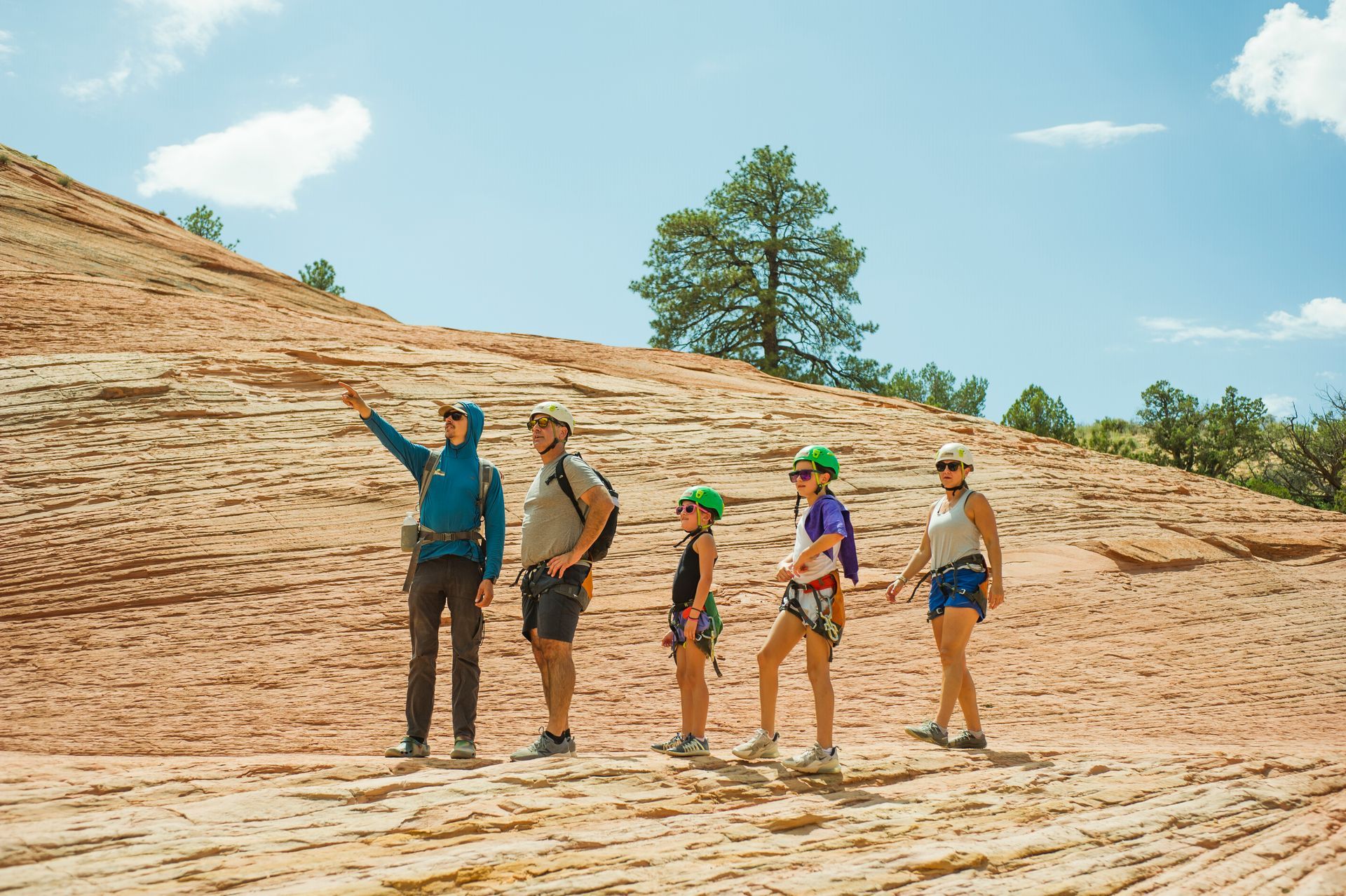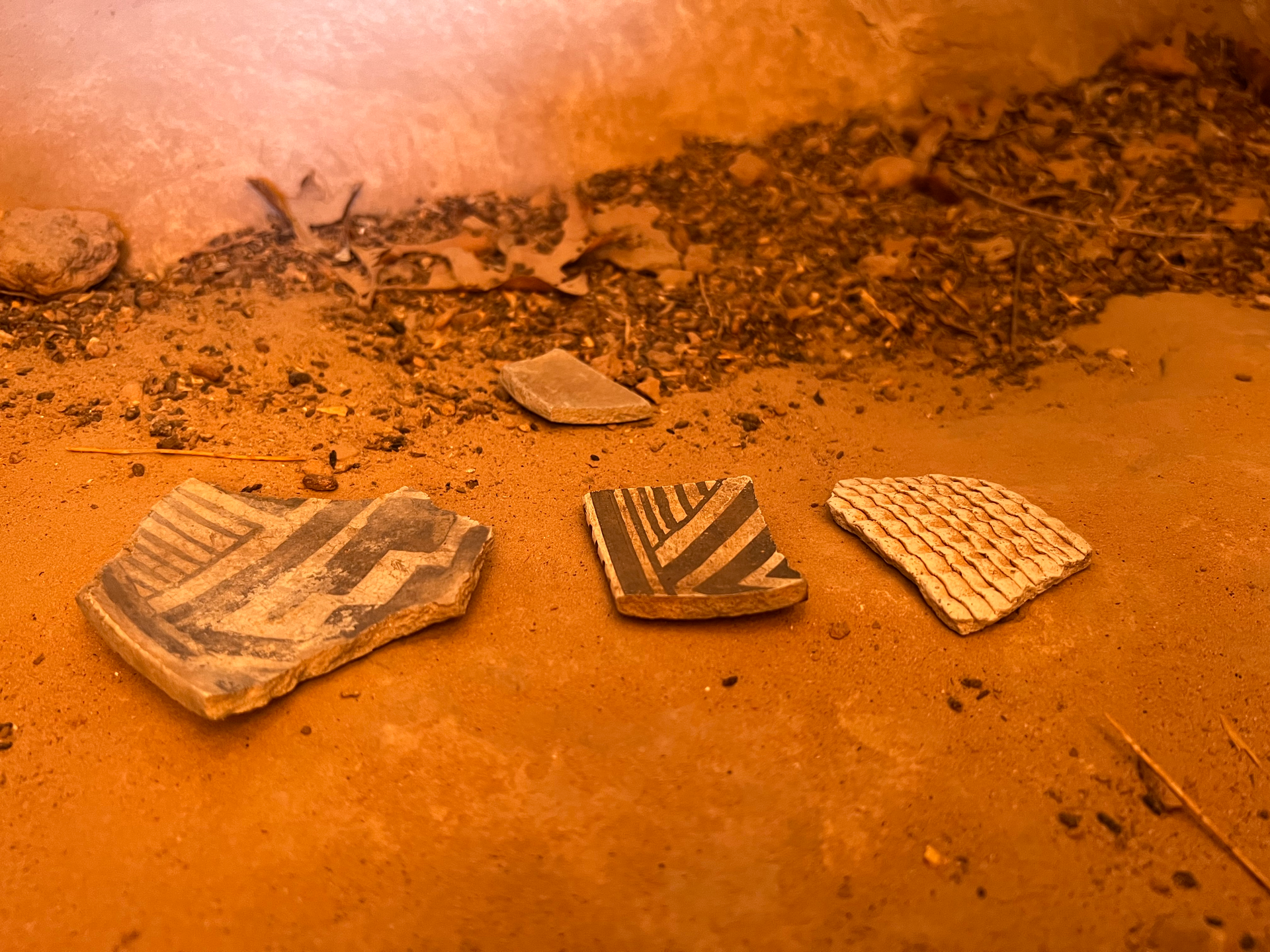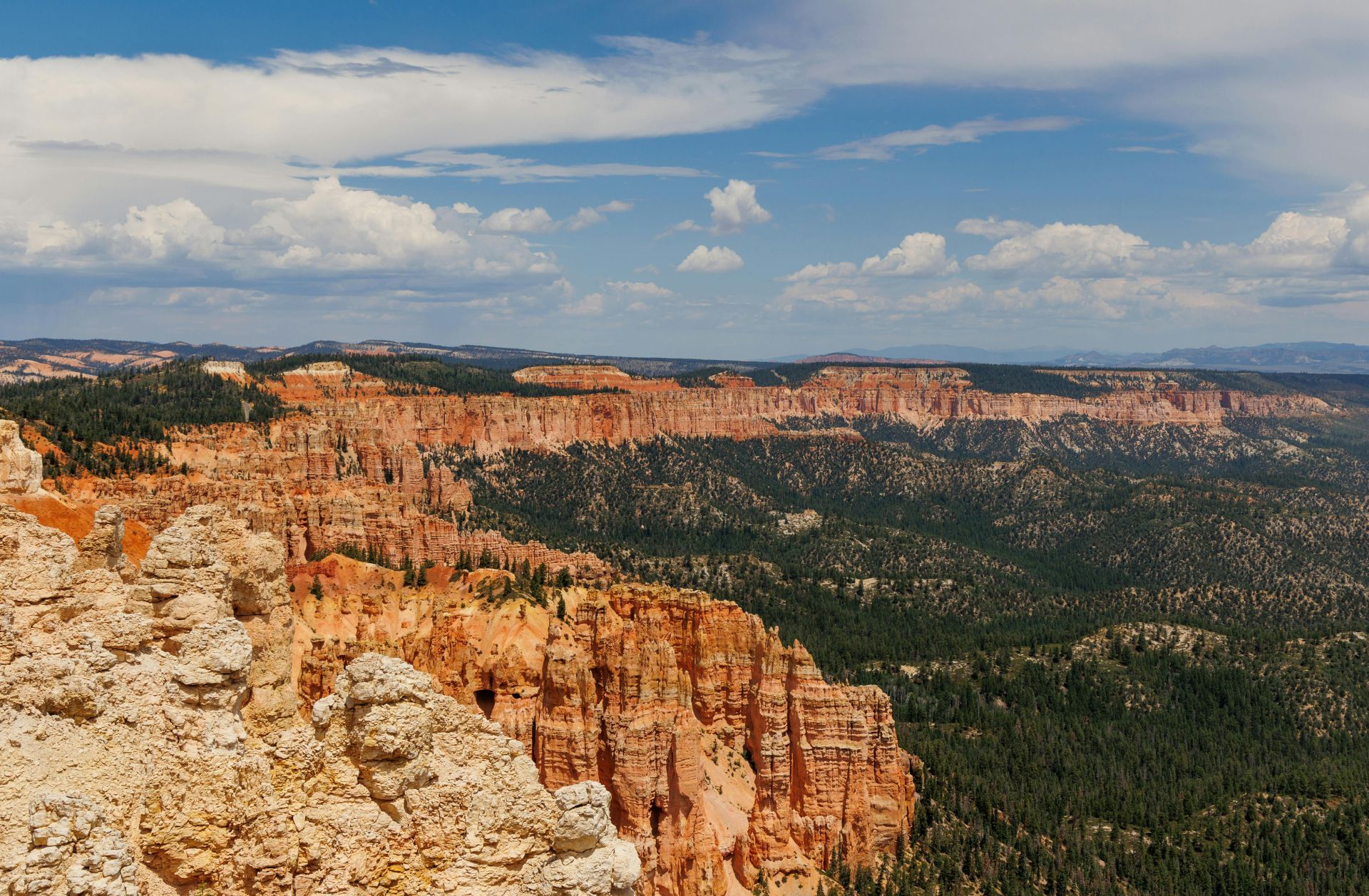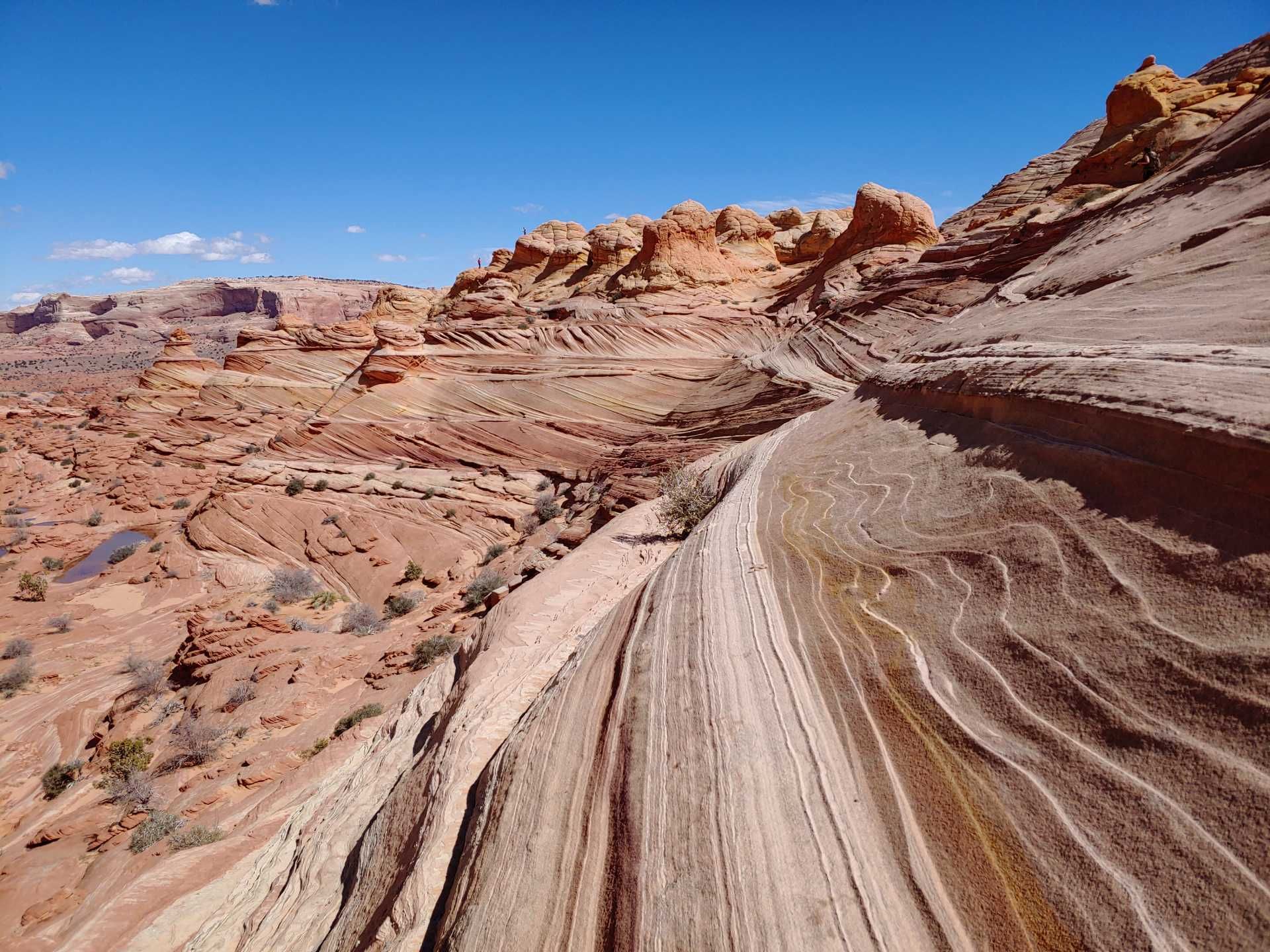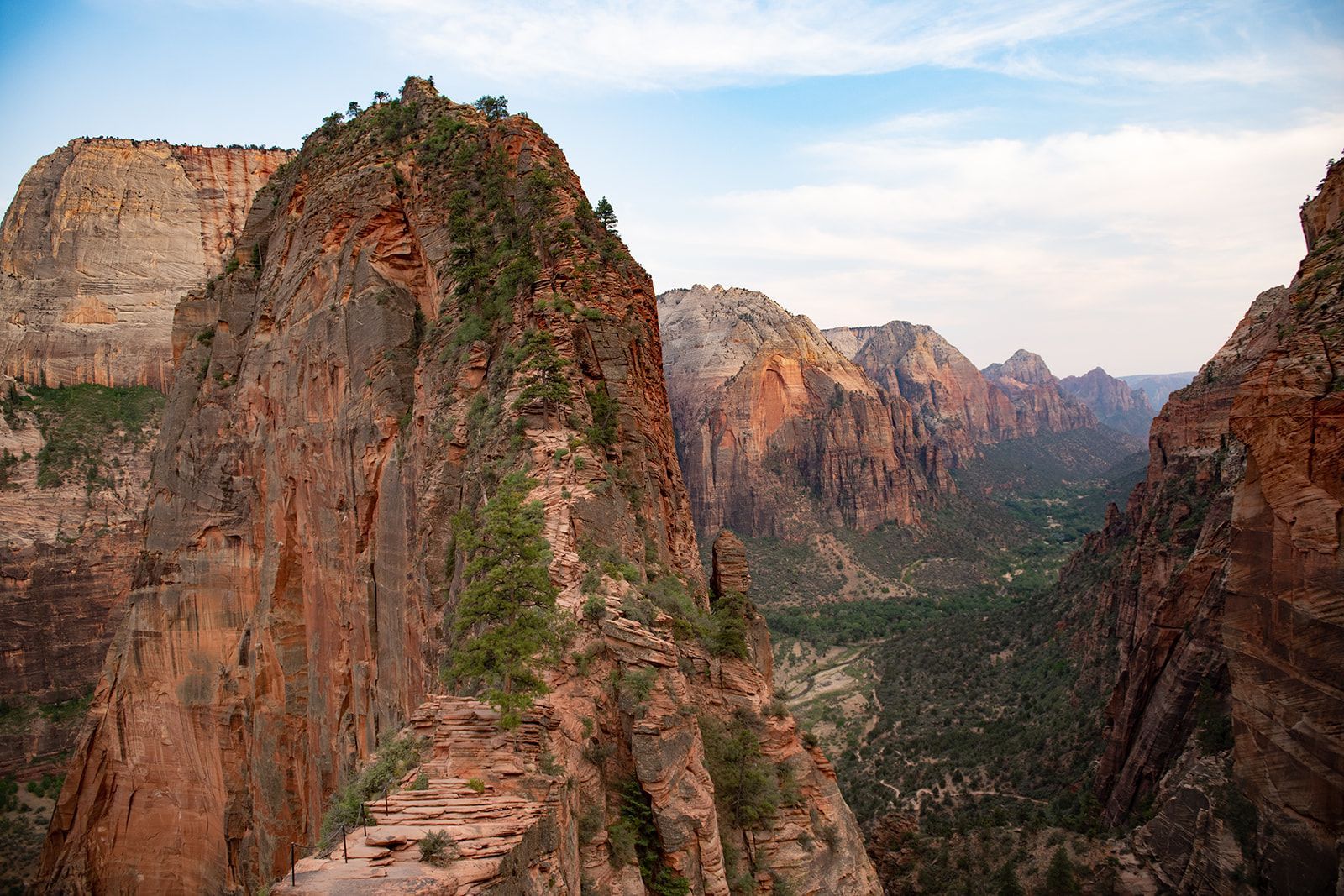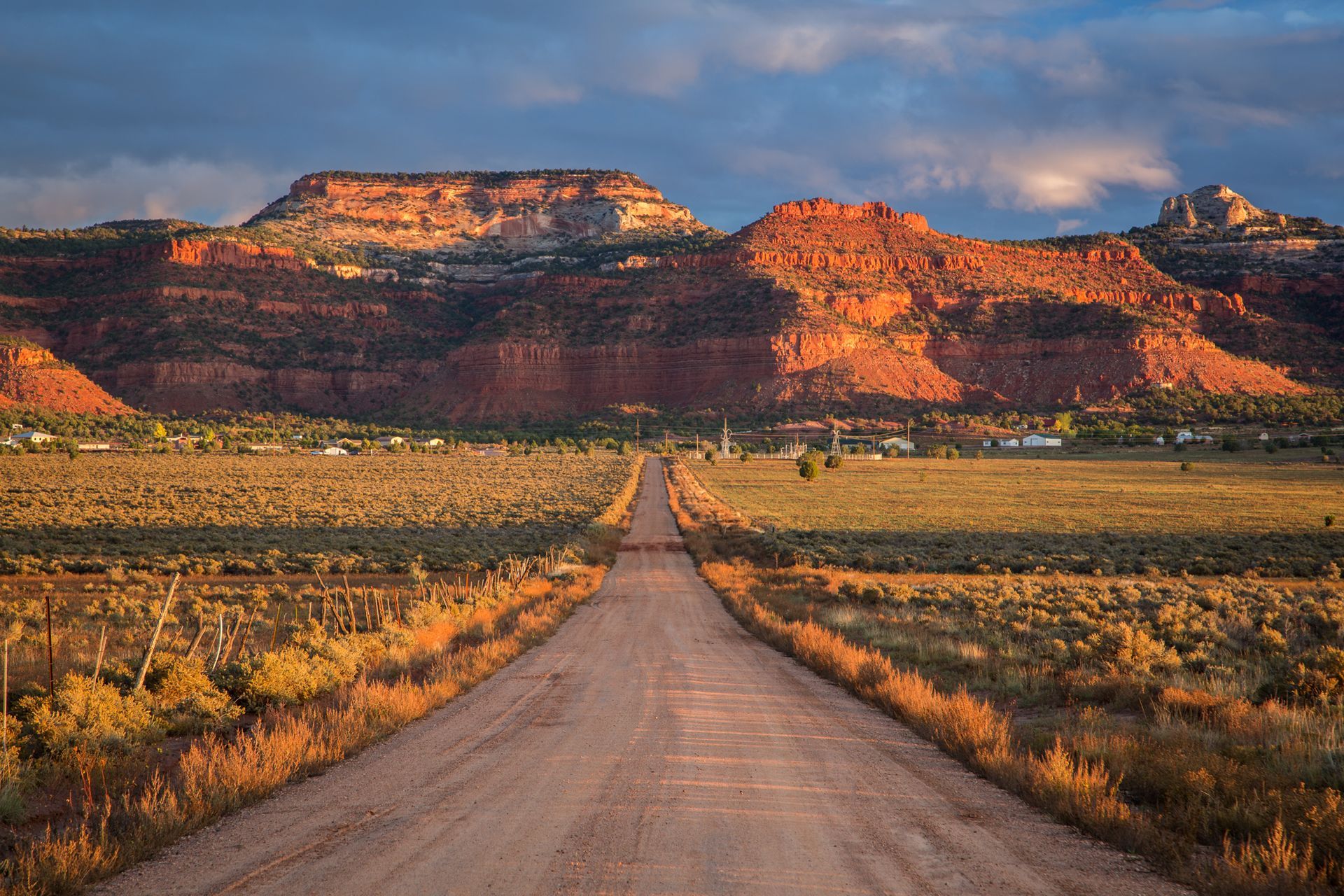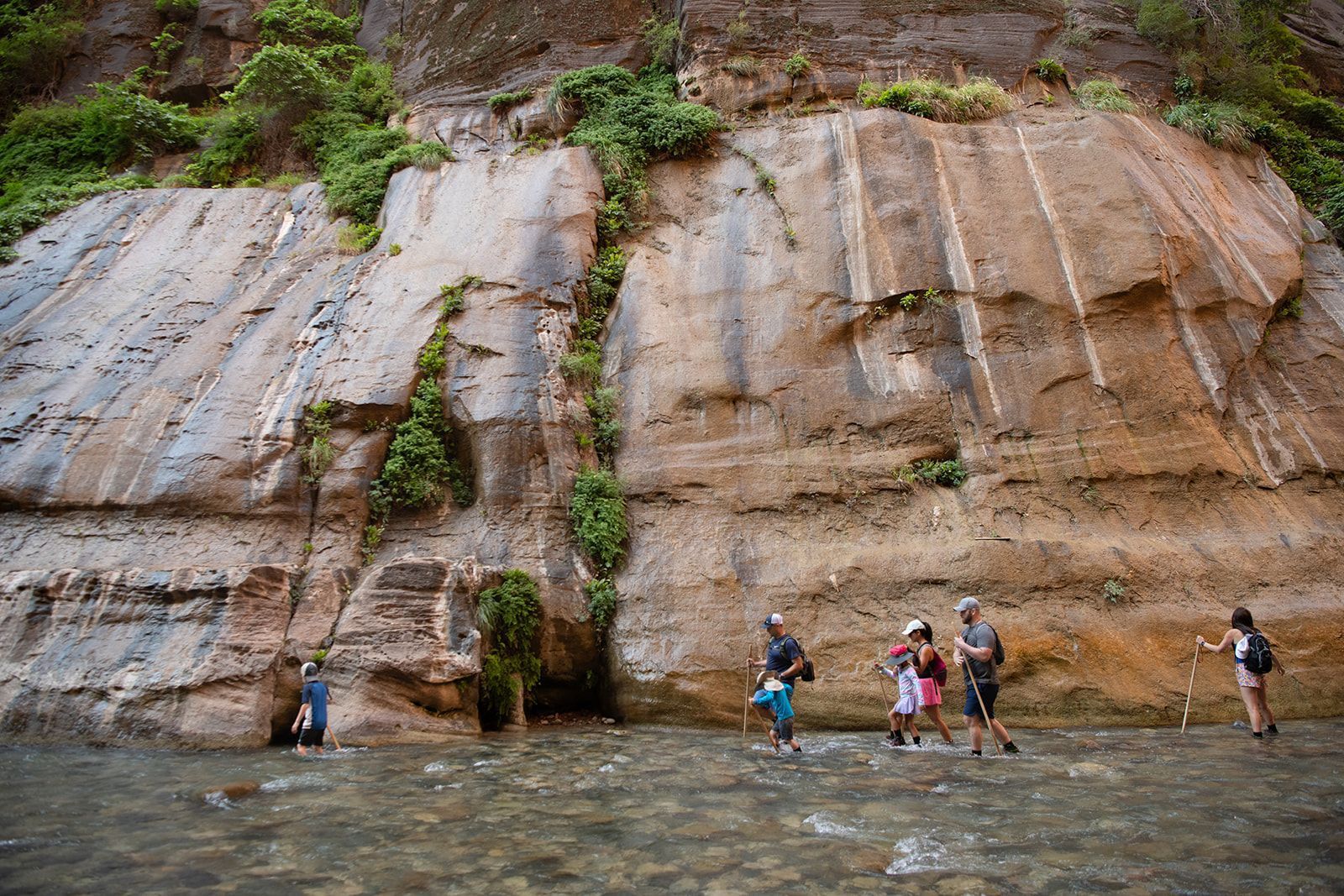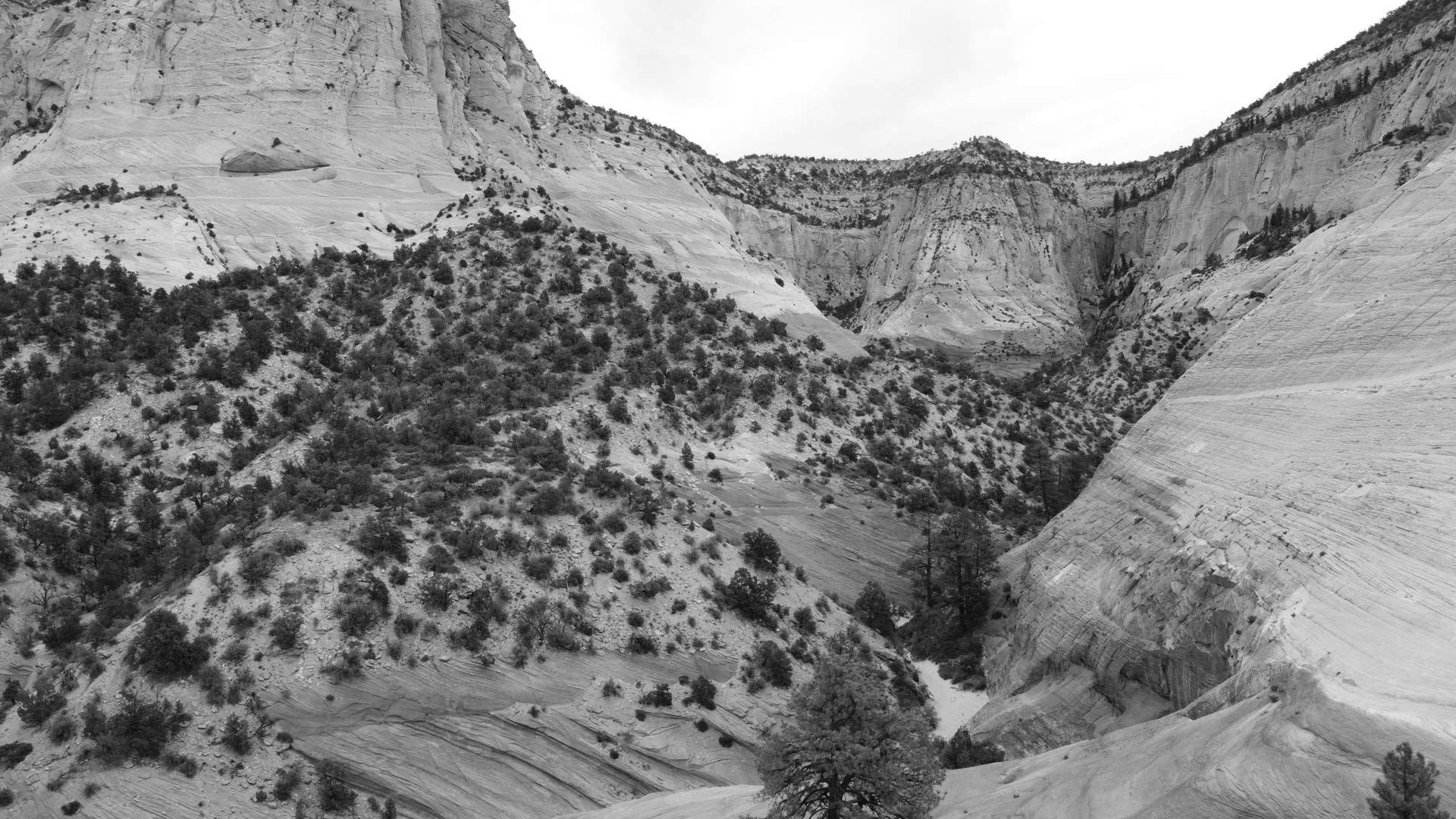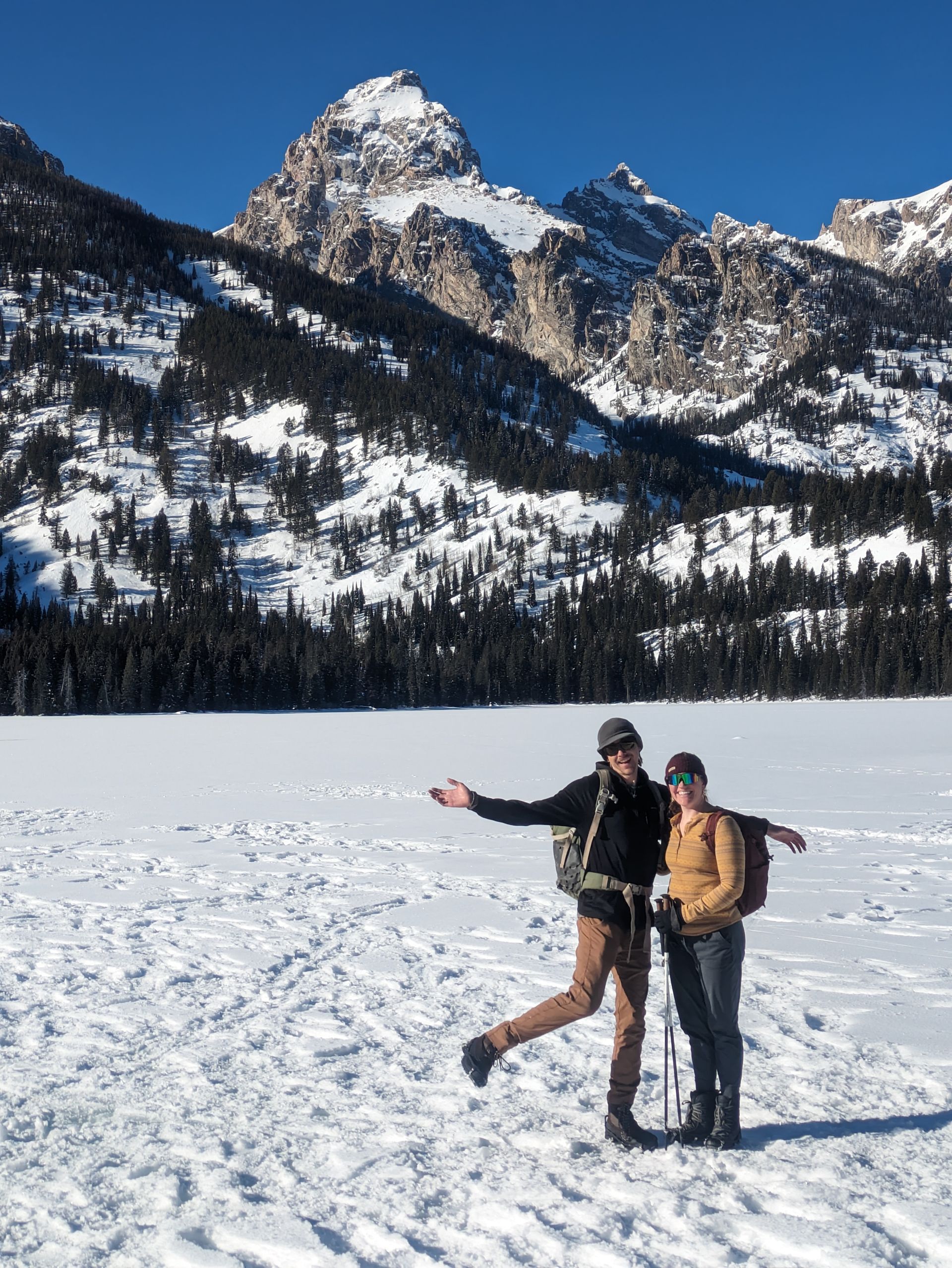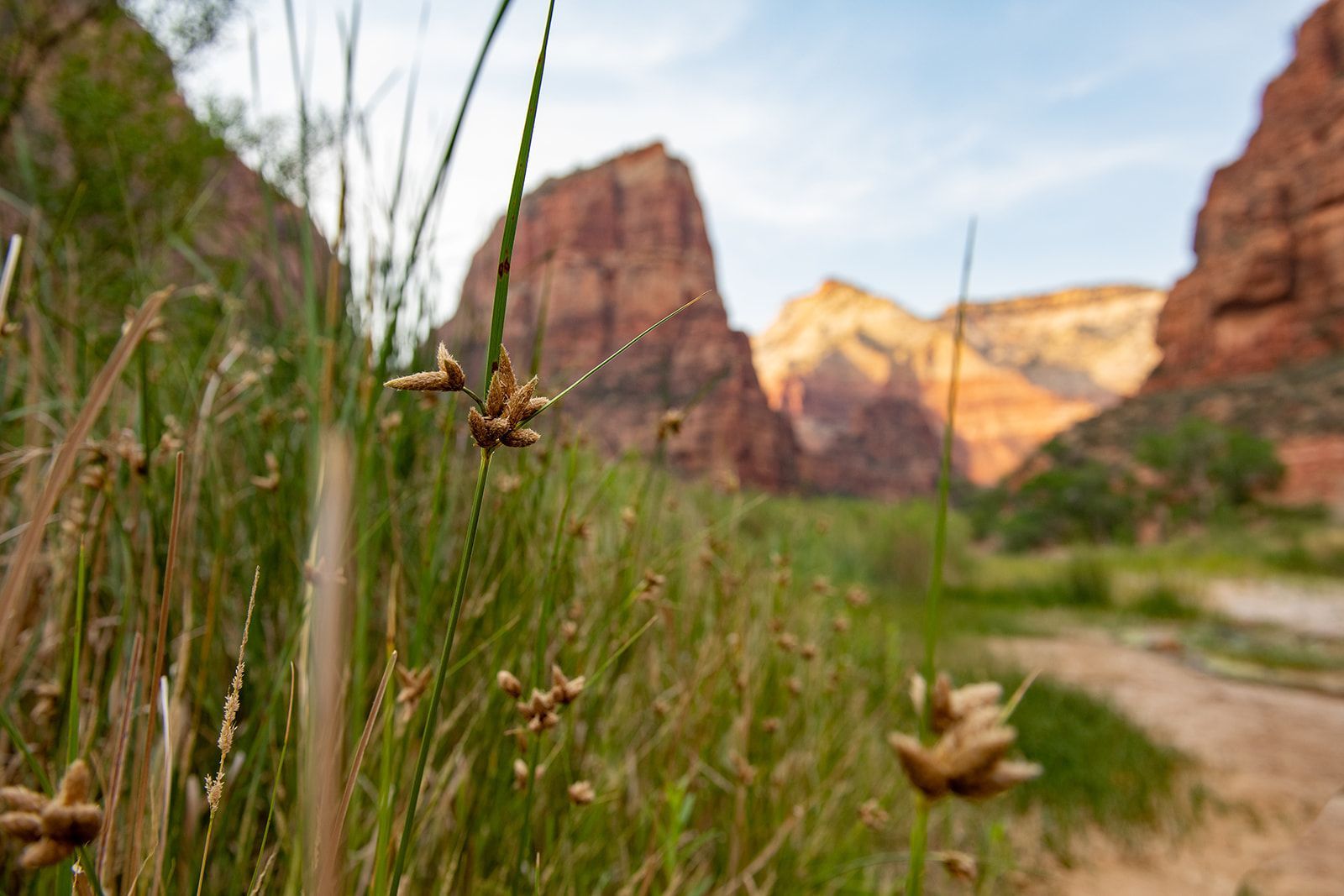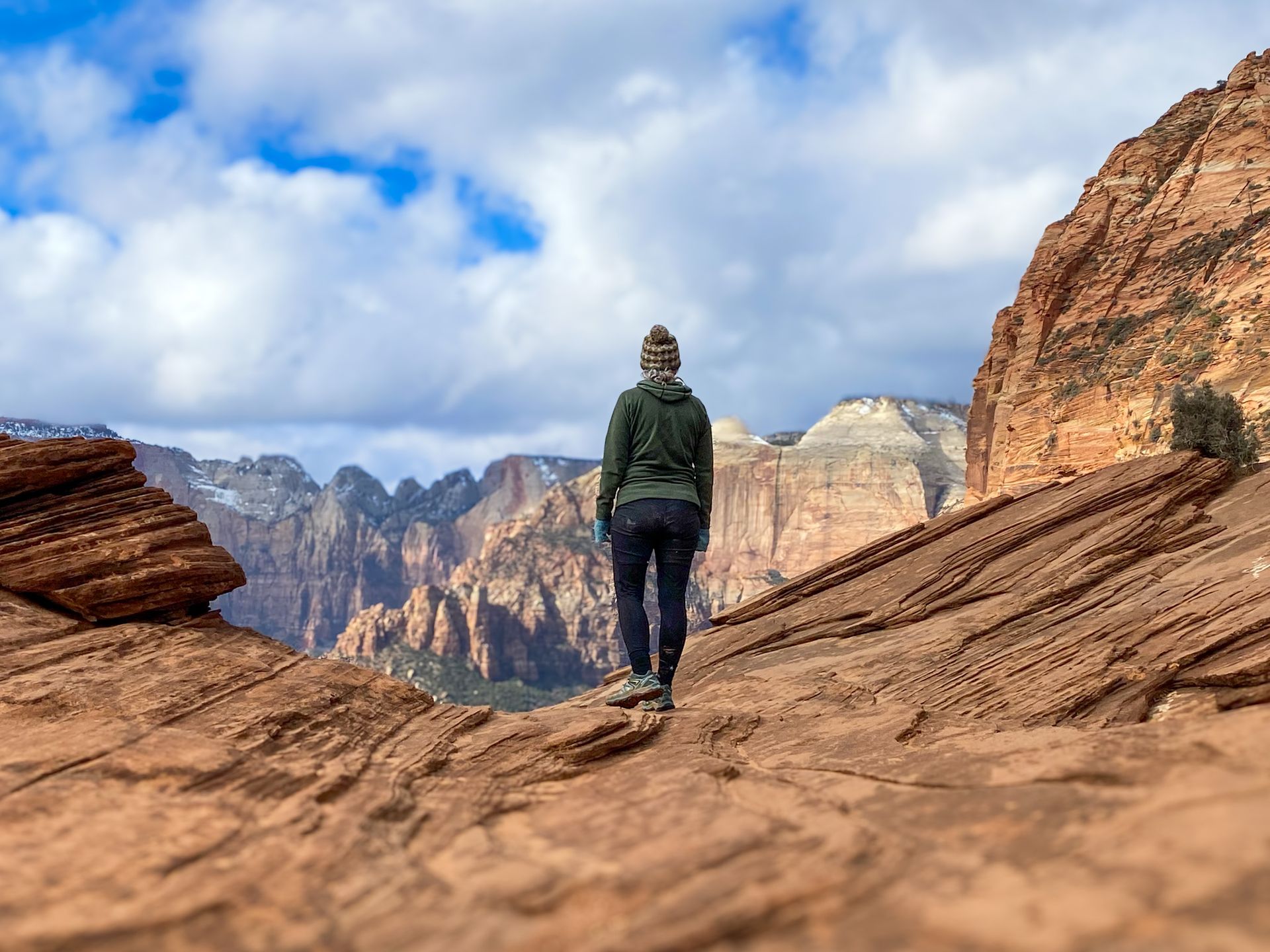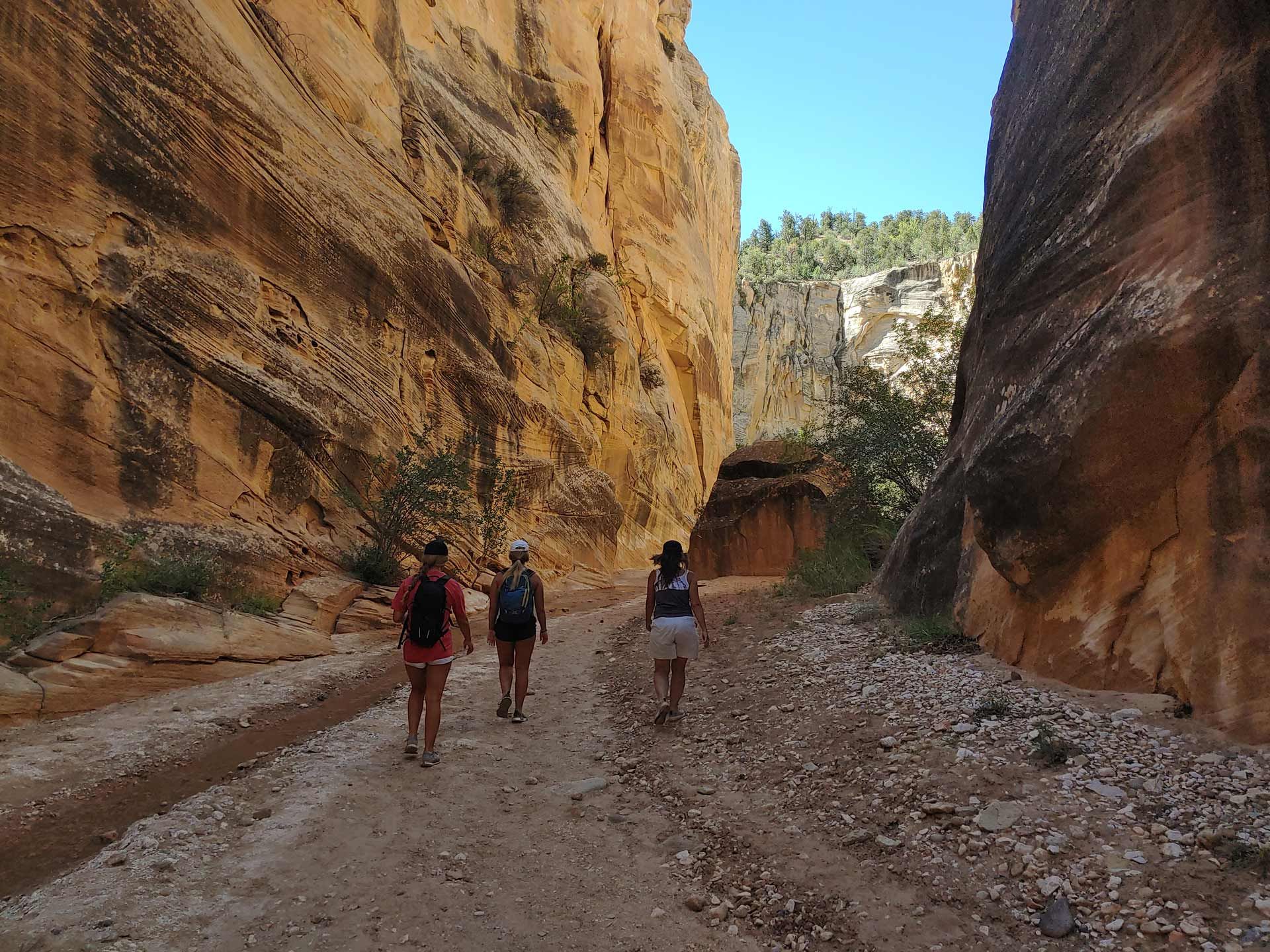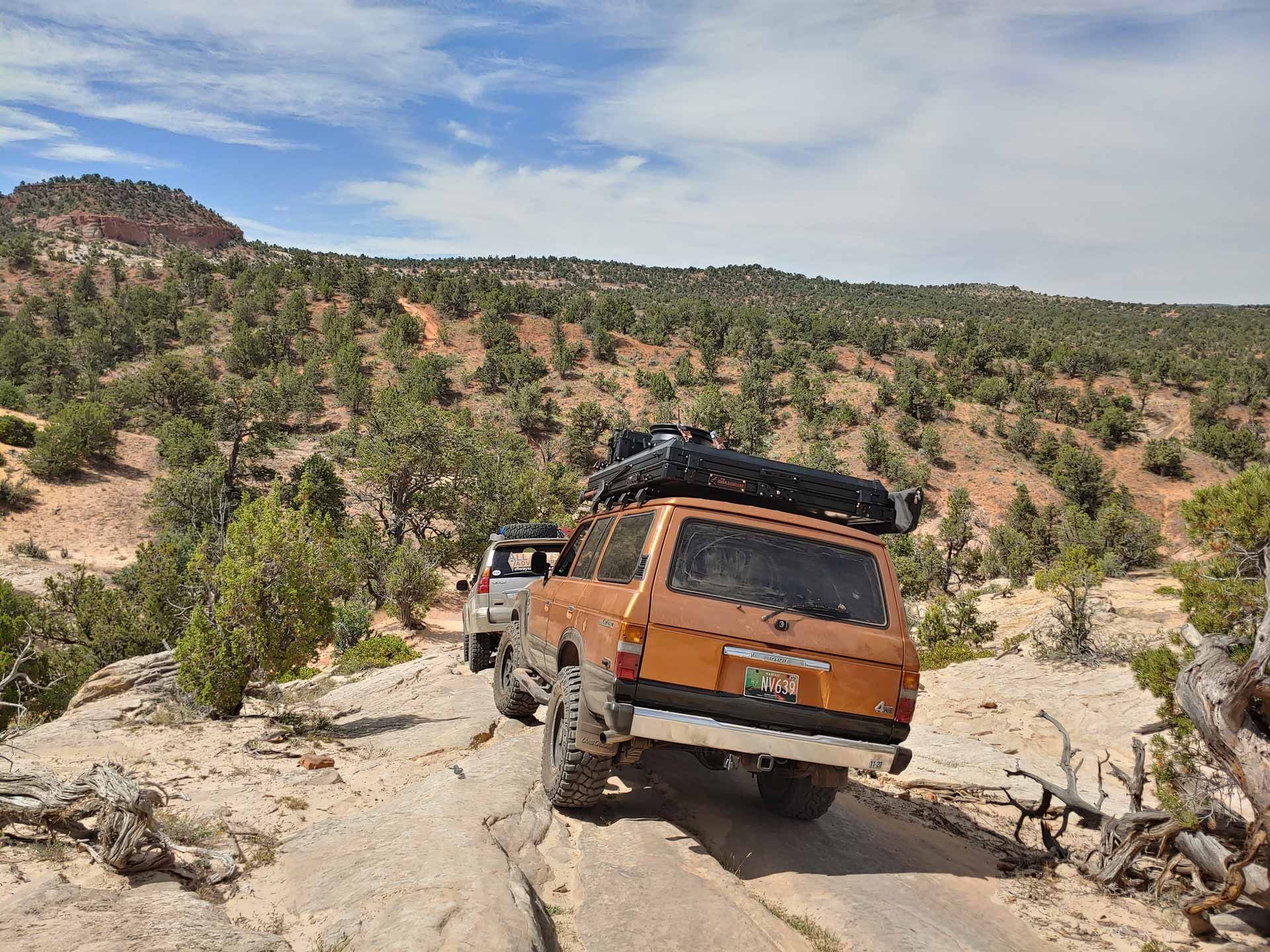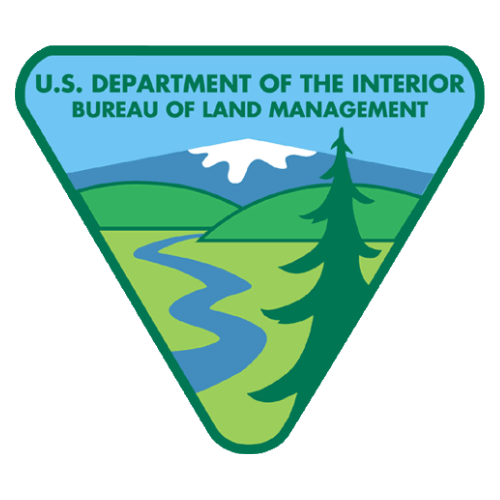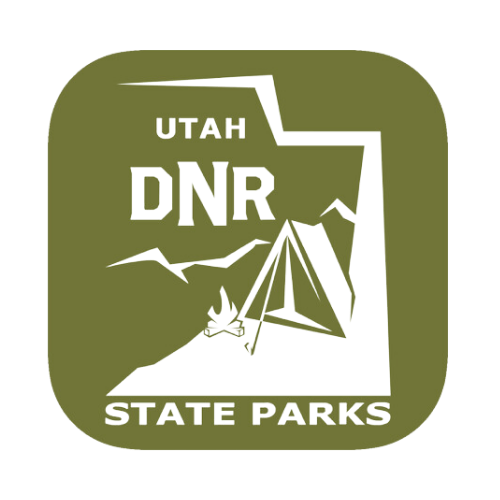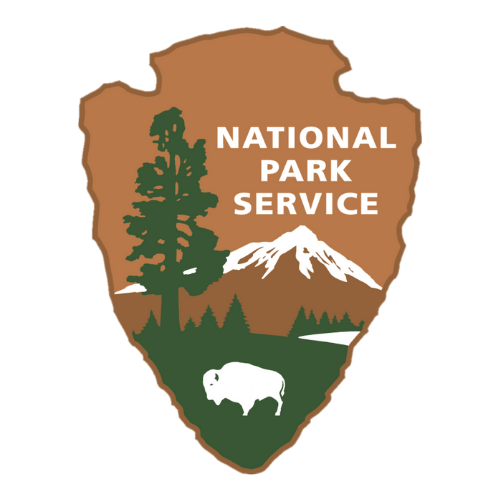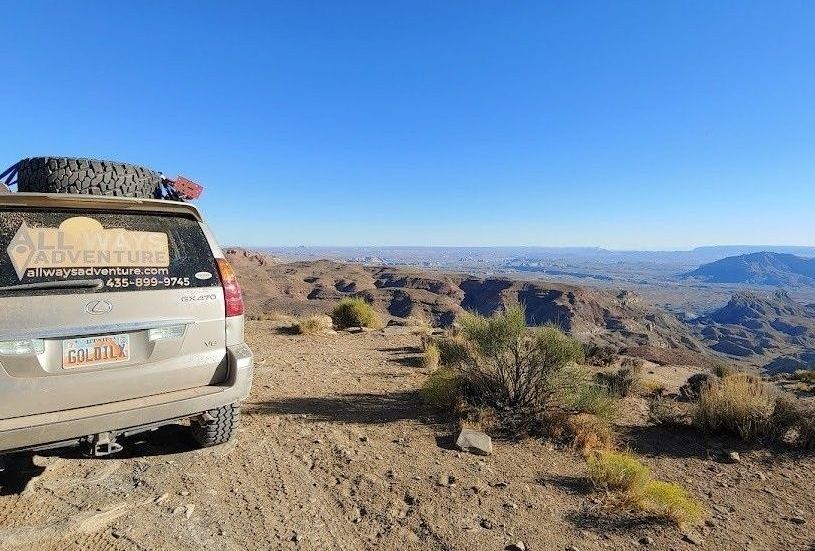
Zion’s Geological Foundations
The story of Zion began over 150 million years ago, as layers of sedimentary rock were laid down in ancient environments. From vast deserts and rivers to shallow seas, these landscapes left behind distinct layers of sandstone, shale, and limestone. The park’s iconic Navajo sandstone, known for its massive, sheer cliffs, originated in sprawling sand dunes that hardened over millennia.
Zion National Park is a place of breathtaking beauty, where towering sandstone cliffs, winding canyons, and expansive plateaus tell a story millions of years in the making. But how was Zion Canyon formed, and what forces shaped this remarkable landscape? To truly appreciate Zion’s grandeur, let’s take a closer look at the geological processes that created it.
The Role of Tectonic Uplift
Zion’s transformation gained momentum with the rise of the Colorado Plateau. Powerful tectonic forces lifted the land thousands of feet, exposing the sedimentary layers and setting the stage for Zion’s dramatic topography. This uplift steepened the Virgin River’s course, increasing its power to carve through rock and create the stunning canyon we see today.
How Was Zion Canyon Formed?
At the heart of Zion’s story is the Virgin River. Over millions of years, this unassuming river eroded the sandstone, carving out the deep, narrow canyon. Flash floods—common in this arid region—sped up the process, carrying away debris and widening the canyon. This ongoing erosion continues to shape the landscape, making Zion a living geological masterpiece.

Unique Geological Features
Zion’s diverse formations each tell a chapter of its story:
- Checkerboard Mesa: Wind and water erosion etched crisscross patterns into sandstone, creating this distinct feature.
- Weeping Rock: Groundwater seeps through layers of sandstone, forming a natural spring and lush hanging gardens.
- Emerald Pools:
These tranquil oases result from erosion and the presence of impermeable rock layers that force water to pool.
The Dynamic Geology of Zion
Zion’s landscapes are far from static. Erosion, weathering, and the occasional landslide continue to shape the park, reminding us that the forces that formed Zion are still at work today. From towering cliffs to winding canyons, every feature is a testament to nature’s power and patience.
Why Understanding Zion’s Geology Matters
By learning about the geology of Zion National Park, visitors can gain a deeper appreciation for its beauty and complexity. It’s a reminder of the forces that have shaped our world over unimaginable spans of time—and the importance of preserving these natural wonders for generations to come.
From ancient deserts to the relentless power of water, Zion’s formation is a story of transformation and resilience. Whether you’re hiking its trails or marveling at its cliffs, knowing how Zion was formed adds an extra layer of wonder to every visit. So the next time you find yourself gazing up at its majestic walls, take a moment to imagine the eons of change that shaped this geological masterpiece.
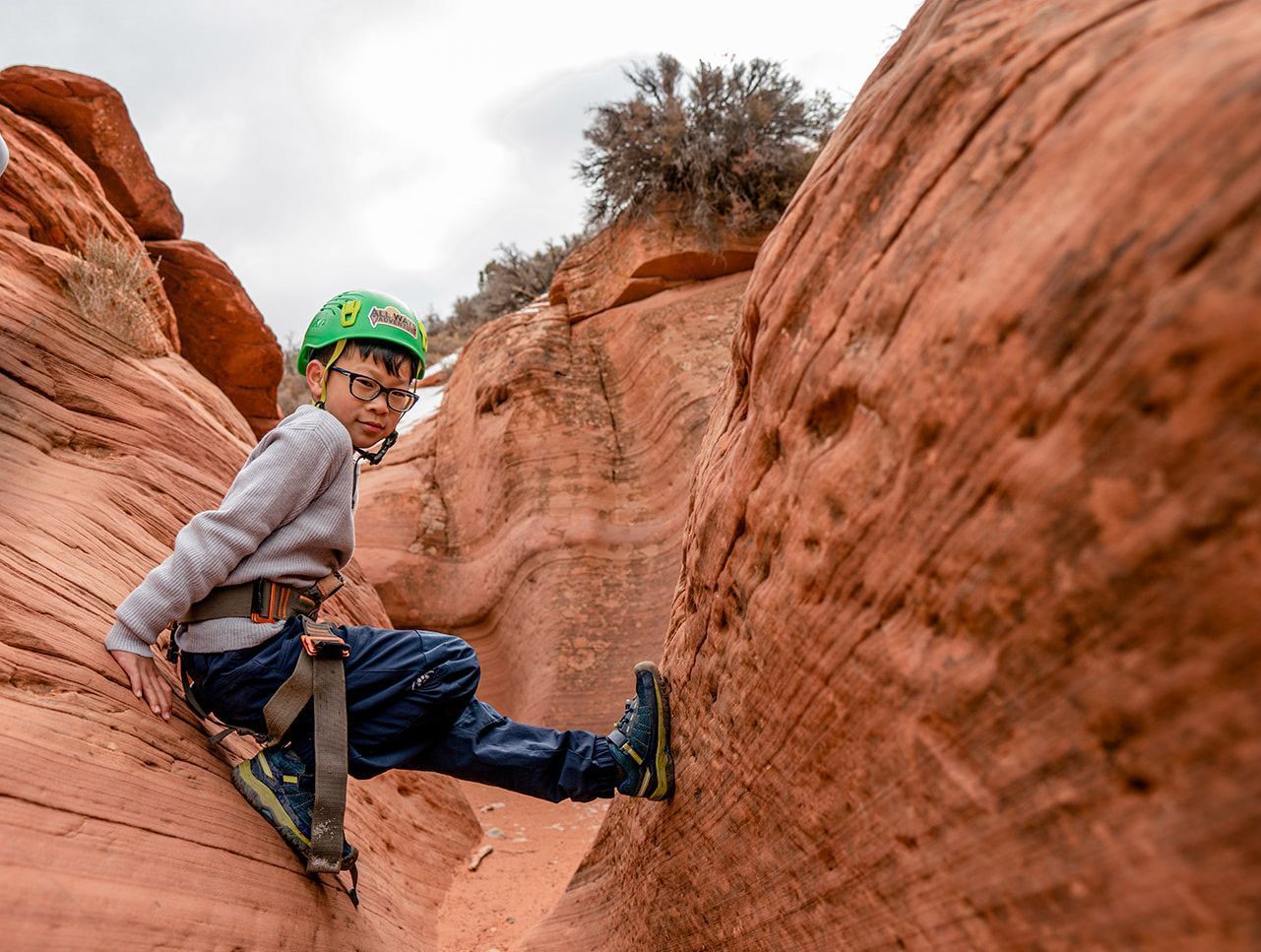
Ready to Appreciate Zion?
Plan your Zion adventure activities with All Ways Adventure. From hiking and canyoneering to off-road explorations, we’ll help you create a memorable experience. Book now to get started.
Ready to Book Your Adventure?
All Ways Adventure
4955 Boulder Bluff Blvd, Kanab, UT 84741, United States
+14358999745
